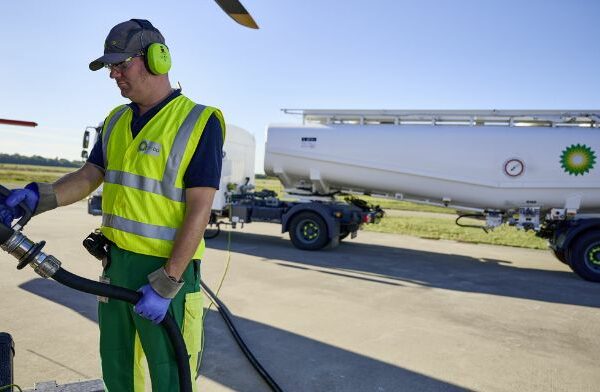With three FBO properties currently in the US and a strategy to acquire and develop more facilities in growth markets, Modern Aviation has collaborated with Carbonfund.org as part of its commitment to achieving a lower carbon future. The collaboration will enable Modern Aviation to develop a voluntary programme to allow customers to purchase aviation fuel bundled with a carbon-offset in carefully selected and verified projects.
Initial projects include the Russas-Valparasio Projects in the the Amazon which are forest conservation projects otherwise known as a Reduced Emissions from Deforestation and Degradation (REDD+). Since CO2 impacts the entire earth, regardless of where it is emitted, reducing a tonne of CO2 in Brazil has the same benefit as reducing a tonne here in the U.S.The Russas-Valparaiso projects will mitigate the release of approximately 3 million tonnes of carbon dioxide emissions. The environmental and community benefits include: reducing carbon dioxide emissions, conserving habitat for endangered and threatened species, improving local water quality and retaining top soil and controlling erosion.
“To support our customers in mitigating the environmental impact of their flights, Modern is committing to fund 20% of our customers’ contribution to participate in this positive program during the program’s first year,” stated Mark Carmen, Modern Aviation’s CEO
As of 1 November, 2019, Modern Aviation customers can elect to seamlessly purchase a carbon-offset for each gallon of fuel they purchase, helping to offset the carbon impact of their flight for only a small additional per gallon fee.
“Modern Aviation recognises that we all need to take responsibility for preventing climate change,” stated Eric Carlson, President of Carbonfund.org Foundation, “We commend their efforts in providing customers the opportunity to mitigate their climate impact via the protection of 170,000 acres of pristine rainforest containing some of the highest levels of biodiversity on the planet.”





